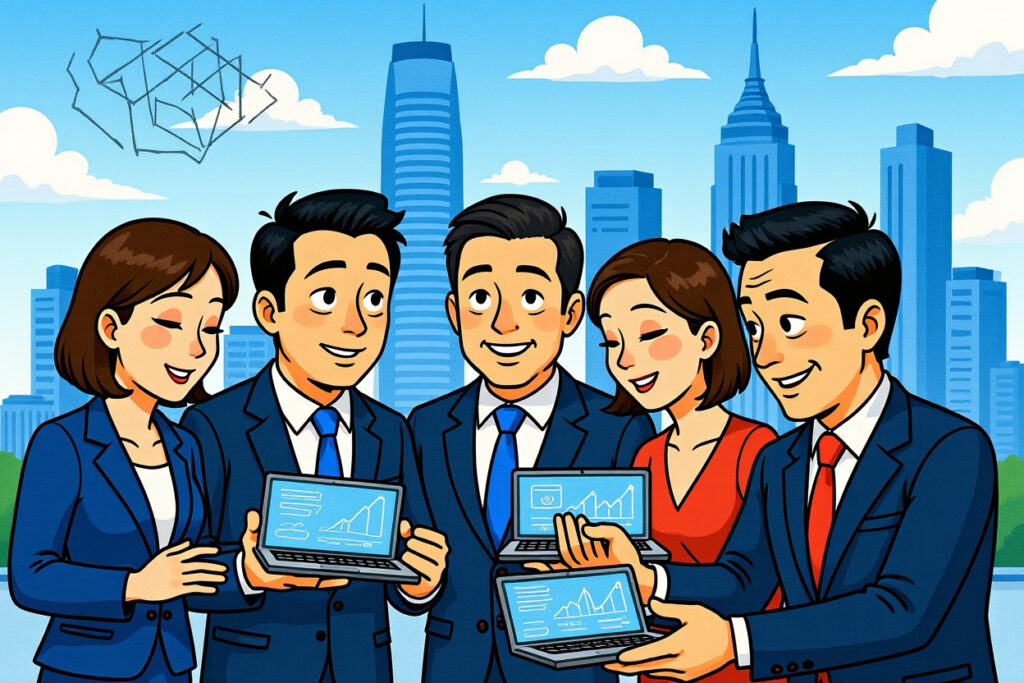In an era where startups race to market with minimum viable products, one mother-son duo is rewriting the rulebook. After 13 years, over $100 million in investment, and zero products launched, their company is charging toward an IPO. This is the story of relentless ambition, patient capital, and the high-stakes gamble of betting everything on research and development. The 90s-born CEO, armed with a US education and a bold vision, leads this unconventional journey alongside his mother—a partnership that defies traditional corporate narratives and investor expectations. Their story raises critical questions about innovation timelines, funding patience, and what truly constitutes value in today’s market.
The Unconventional Beginnings
The company was founded in 2010 by a mother-son team with a shared vision for breakthrough innovation. The son, a 90s-born entrepreneur who returned from studying in the United States, brought fresh perspectives and technical knowledge. His mother, with years of industry experience and business acumen, provided strategic guidance and initial funding. Together, they embarked on a journey that would challenge conventional startup wisdom.
A Different Approach to Innovation
While most startups focus on rapid product development and quick market entry, this company took the opposite approach. They committed to extensive research and development, believing that true disruption requires deep technological advancement before commercialization. This philosophy meant postponing revenue generation in favor of long-term value creation.
The 13-Year Investment Journey
Over the past 13 years, the company has invested approximately $140 million into research and development. This substantial investment came from various sources:
– Initial family capital
– Private angel investors
– Strategic corporate partnerships
– Government research grants
Despite the significant financial commitment, the company has yet to launch a commercial product. This unusual approach has drawn both skepticism and admiration from industry observers.
Where the Money Went
The investment has primarily focused on several key areas:
– Advanced materials research
– Prototype development
– Patent acquisition and protection
– Talent recruitment and retention
– Laboratory infrastructure
The Road to IPO
The decision to pursue an IPO without commercial products represents a bold strategy. Typically, companies go public after establishing market presence and revenue streams. This case challenges traditional IPO criteria and could set new precedents for research-intensive companies.
Investor Perspective</h3
Potential investors are evaluating this opportunity based on different metrics than usual. Instead of revenue multiples or user growth, they're considering:
– Patent portfolio strength
– Research team credentials
– Market potential of developed technology
– Competitive moat through intellectual property
Challenges and Opportunities
This unconventional path presents unique challenges:
– Market timing risks
– Investor patience testing
– Regulatory scrutiny
– Competitive pressure
However, it also offers potential advantages:
– First-mover advantage in new technology categories
– Strong intellectual property protection
– Potential for massive disruption
– Attraction of long-term focused investors
Industry Impact and Implications
This case could significantly impact how innovation companies approach funding and growth. If successful, it might:
– Create new pathways for research-intensive startups
– Change investor expectations around timelines
– Influence regulatory approaches to IPO criteria
– Encourage more patient capital in deep tech
Lessons for Entrepreneurs
Entrepreneurs can learn several valuable lessons from this case:
– Alternative paths to success exist
– Patient capital requires different pitching approaches
– Deep technology requires different metrics
– Family partnerships can provide unique advantages
The journey of this mother-son company represents more than just an unusual IPO story. It challenges fundamental assumptions about how innovation should be funded and commercialized. While the outcome remains uncertain, their approach has already sparked important conversations about the nature of value creation in technology businesses. For investors and entrepreneurs alike, this case offers valuable insights into alternative approaches to building transformative companies. As the IPO process unfolds, the market will deliver its verdict on whether 13 years of research without products can translate into sustainable public market value. Those interested in following this unique story can track developments through financial news platforms and regulatory filings.




